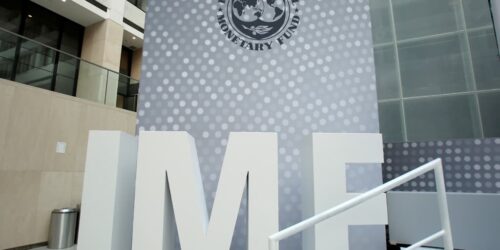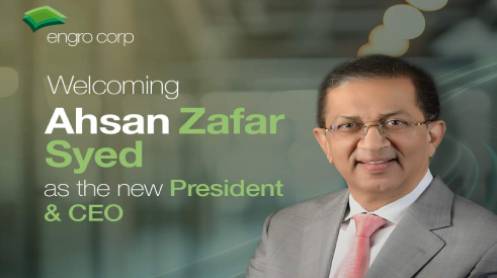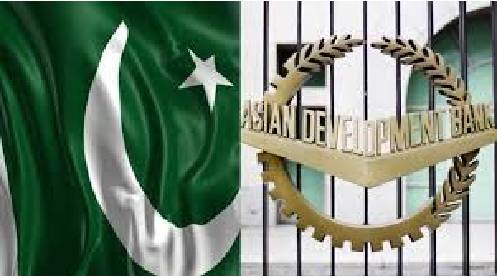There continues to be a hiatus in the finalization of the sixth review of the IMF Extended Fund Facility to Pakistan. The Pakistan economic team, led by the Finance Minister arrived in Washington on the 4th of October and negotiations for completion of the review and the setting of targets and reform agenda for subsequent reviews continued till the 23rd of October. The Pakistan team has since returned to Pakistan and talks continue. This is already the longest period taken to finalize a quarterly review in the twenty-two IMF programmes of Pakistan.
The Finance Minister, now the Advisor to the Prime Minister on finance, keeps stating that the talks will be finalized soon but this has not happened yet. Presumably his objective is to preserve market confidence in the continuation of the IMF programme at a time when Pakistan’s external financing requirements are peaking once again.
There is need to go back to the process of the second to fifth reviews undertaken in February and March 2021. There was generally an air of optimism arising from the transformation of the current account into a surplus. The focus shifted fundamentally to reforms in the domestic economy, especially on the budgetary front and in the power sector.
The targets set in the Macroeconomic Framework of the Programme in the IMF Staff Report of April 2021 for 2021-22 included a 4 percent GDP growth rate, 8 percent rate of inflation, 5.6 percent budget deficit and $5.4 billion current account deficit. Some of these targets are no longer valid due to the big jump in international commodity prices and an upsurge in the current account deficit from April onwards. Therefore, a revised Macroeconomic Framework for 2021-22 must be agreed to with the IMF.
The two key metrics are the size of the current account deficit and the consolidated budget deficit in 2021-22. As highlighted earlier, the former was set at $5.4 billion in April by the IMF, according to the Staff Report. Now with a virtual explosion in commodity prices, especially of oil, the deficit is likely to be much larger. It could be above $13 billion by the end of the year. How much reduction from this projected level will be agreed to with the IMF? First indications are that it will be limited to $9 billion.
Consequently, with inclusion of the expected external debt payment of $10.5 billion, the external financing needs in 2021-22 will be close to $20 billion. The IMF has already given $2.8 billion of SDRs to Pakistan and if the Programme continues then an additional $3.1 billion will be forthcoming during the year. Overall, the contribution of the IMF could be substantial at $5.9 billion. Also, Saudi Arabia has committed to giving a loan of $3 billion. A financing plan for the remaining $11 billion will have to put together under the IMF umbrella.
The substantially larger magnitude of the external financing requirements in 2021-22 as compared to 2020-21 is the fundamental reason why Pakistan needs to stay in the IMF programme. The requirement was $11 billion in 2020-21 due to the very small current account deficit of only $1.8 billion. Now, this year, the requirement has almost doubled in relation to last year.
There has been agreement subsequently with the IMF that the budget deficit for 2021-22 will be targeted at 6.3 percent of the GDP. The Federal budget of 2021-22 is based on achievement of this target. However, the first four months have witnessed the emergence of a big revenue gap in the collection of the petroleum levy (PL) which could rise to Rs 470 billion by the end of the year.
Clearly, there is insistence by the IMF that this gap be filled by implementation of the agreed tax reforms in the letter of intent issued by the Government of Pakistan to the IMF on March 9, 2021. These include a reduction in the number of personal income tax slabs with greater progressivity, and large-scale withdrawal of exemptions and reduced rates in the sales tax. A key component of the prior actions before completion of the review and release of $1 billion is probably the presentation of a Money Bill to the Parliament containing these tax reforms.





